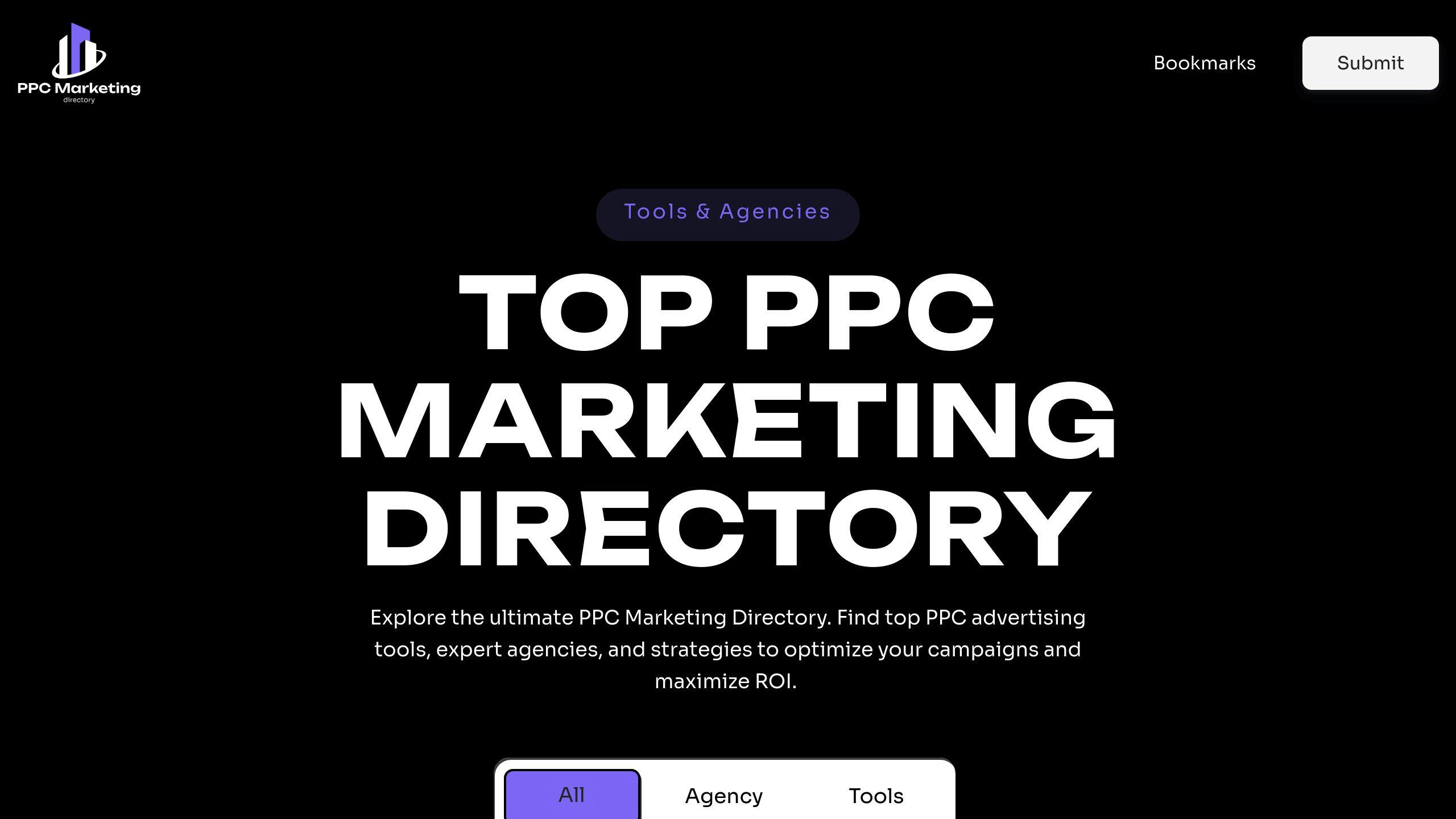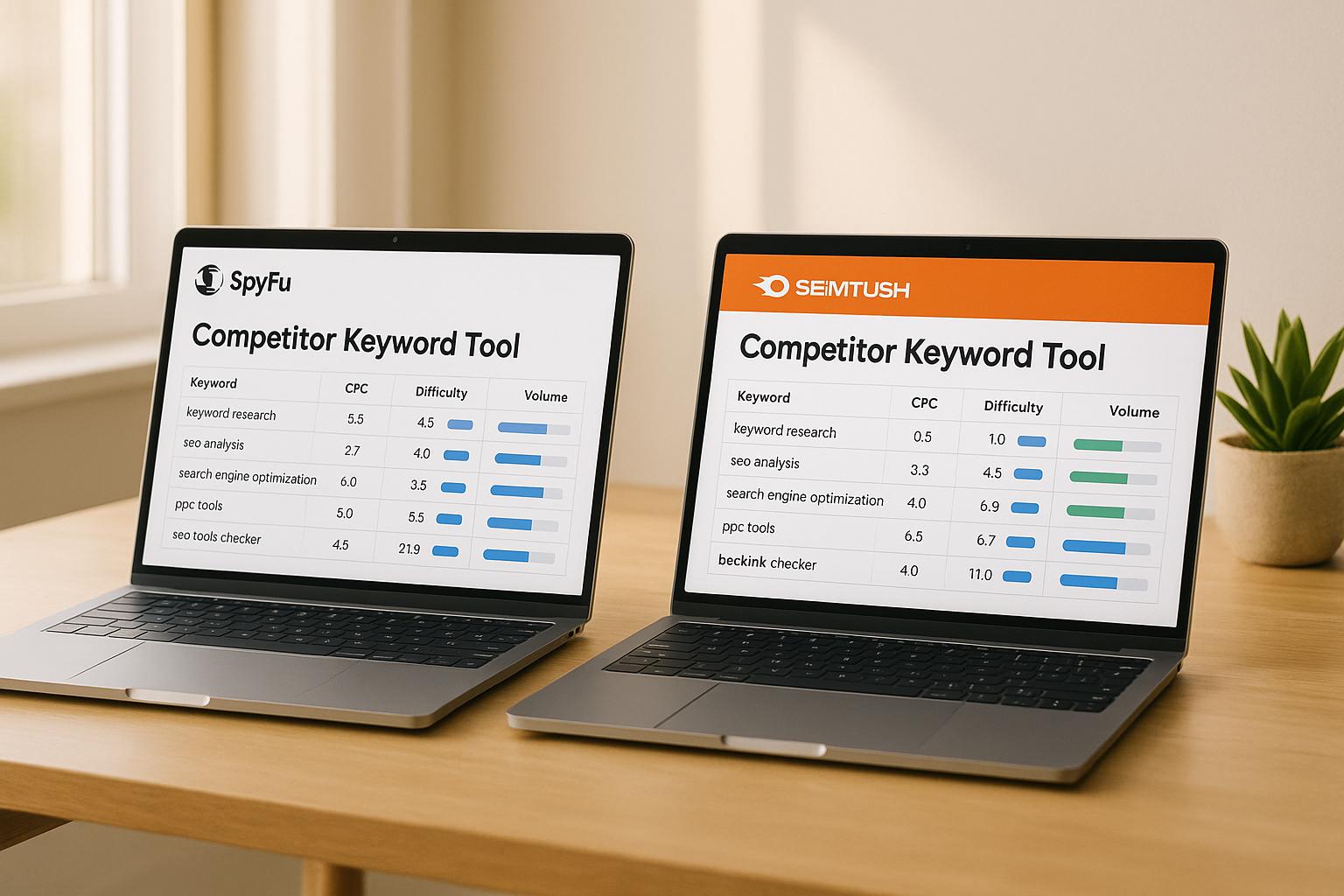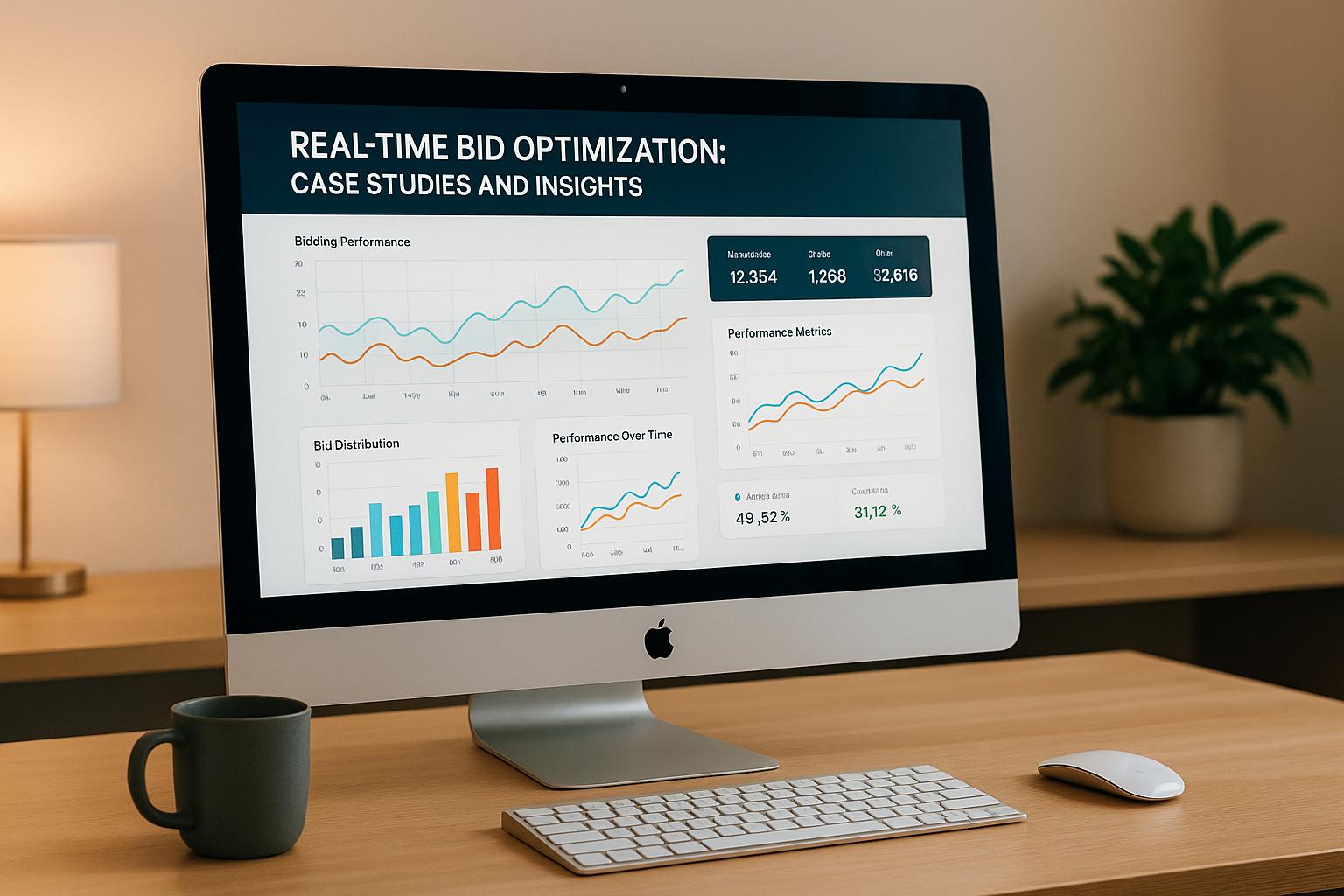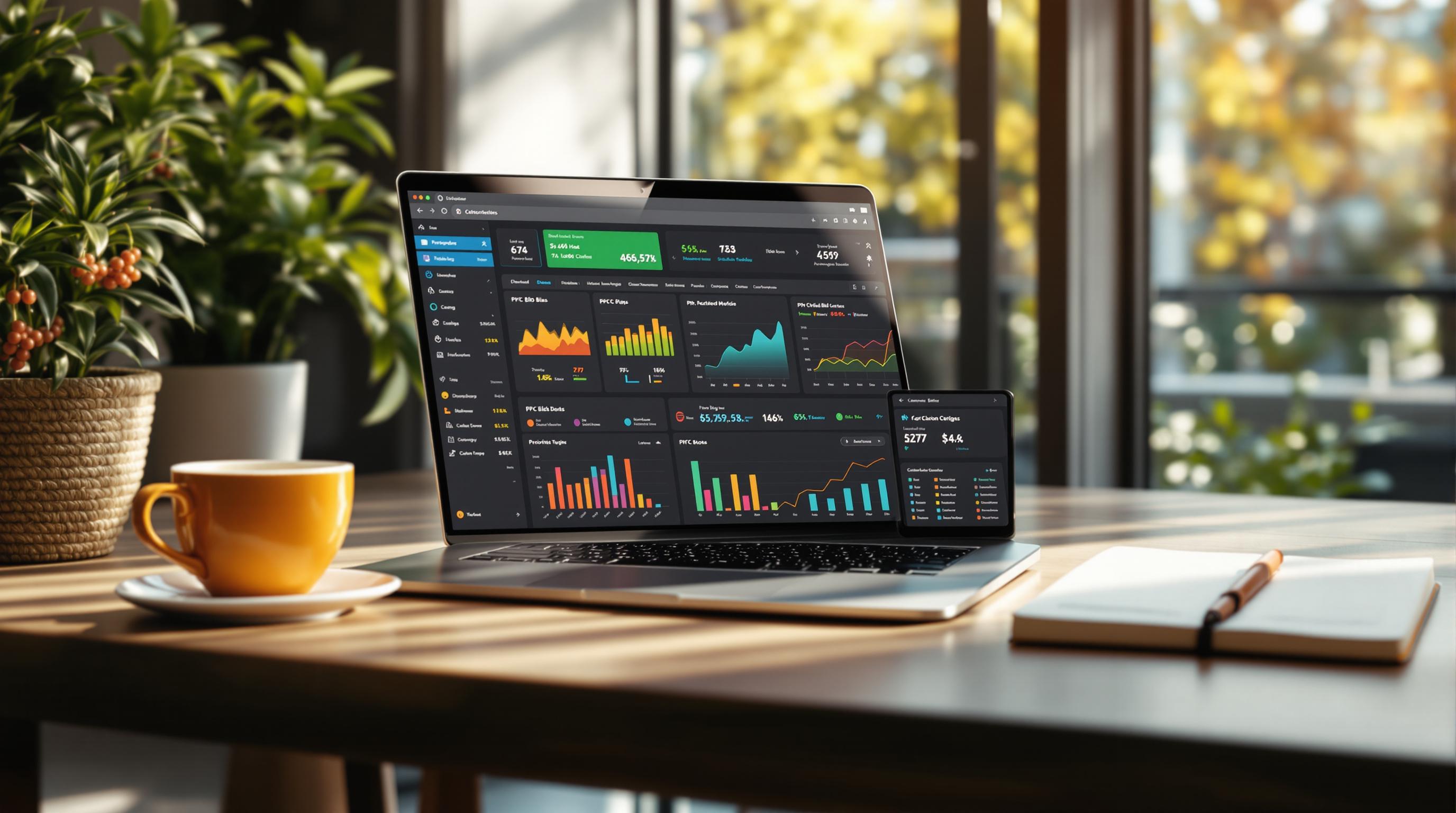Key Takeaways:
- Combine multiple demographic factors like age, income, and life events for better precision.
- Adjust bids based on demographics to increase Return on Ad Spend (ROAS) by up to 18%.
- Use custom audience segments blending demographics with behavior for 35% higher click-through rates.
Quick Wins:
- Use layered targeting for 23% higher conversions.
- Fine-tune bids by age, gender, or income to cut costs.
- Leverage tools like Lotame or Quantcast for advanced segmentation.
Demographic targeting isn’t just age and gender anymore - it's about creating detailed profiles to reach the right audience with the right message. Let’s dive deeper.
Google Ads Demographic Targeting: Optimize Based On Demographic Conversion Data
Strategies for Advanced Demographic Targeting
Layered targeting is now a key element in successful PPC campaigns, delivering 23% higher conversions compared to campaigns without it [1].
Using Layered Targeting for Precision
Instead of focusing on just one demographic factor, combining multiple layers can improve targeting accuracy. For instance, Wayfair's Q2 2024 campaign used a mix of age (25-45), income (top 50%), and in-market segments for home decor. This approach led to a 22% boost in conversion rates and a 15% reduction in CPA within just 90 days. These results show how combining demographic layers can significantly improve performance.
"Advanced demographic targeting isn't just about selecting age and gender anymore. It's about creating detailed audience profiles that combine demographics, interests, and behaviors to deliver the right message to the right person at the right time." - Sarah Johnson, PPC Lead at DMI
Adjusting Bids by Demographics
Fine-tuning bids based on demographic data can make a big difference in campaign results. According to a Google Ads 2024 case study, advertisers who adjusted bids by demographics saw an 18% increase in ROAS [2]. Below is a guide to recommended bid adjustments and their potential impact:
| Demographic Factor | Suggested Bid Adjustment Range | Impact Level |
|---|---|---|
| Age | -30% to +50% | High |
| Gender | -20% to +30% | Medium |
| Household Income | -50% to +100% | Very High |
| Parental Status | -25% to +40% | Medium-High |
Creating Custom Audience Segments
Custom audience segments take targeting further by blending demographic data with behavioral insights. Advertisers using these segments have reported a 35% rise in click-through rates and a 22% drop in cost-per-acquisition [4].
First-party data makes these segments even more effective by incorporating:
- Purchase history and customer value
- Website interaction patterns
- Search intent signals
- Life stage data
- Cross-device activity
This approach helps refine audience targeting, ensuring campaigns resonate better with specific groups. </
sbb-itb-89b8f36
Improving Demographic Targeting Effectiveness
Testing and Refining Demographic Targeting
Focus on testing one demographic factor at a time to see what resonates most with your audience. For example, SearchLab Digital achieved a 27% increase in click-through rates (CTR) for a clothing retailer by comparing age-specific ad variations to more general messaging [1].
Integrating Demographics with User Behavior
Take your targeting to the next level by blending demographic data with behavioral insights. This approach offers several benefits:
- Combine platform data with your CRM for a fuller understanding of your audience.
- Create audience segments that reflect both actions and demographic traits.
- Use dynamic bidding strategies tailored to each segment.
For instance, an e-commerce company identified a group of 35-44-year-old women interested in fitness equipment. By analyzing both their demographic and behavioral data, they ran targeted campaigns featuring relatable models and personalized product suggestions [3].
These blended segments are most effective when paired with dynamic bidding techniques to optimize performance.
Tools and Resources for PPC Demographic Targeting
Once you've nailed down your strategies, choosing the right tools is essential for putting them into action. Today’s PPC tools combine demographic data with AI-driven features to help you refine your campaigns.
Top PPC Marketing Directory

The Top PPC Marketing Directory highlights tools tailored for specific needs:
| Category | Features Offered |
|---|---|
| Campaign Management | Targeting by age, gender, and income |
| Data Analysis | Visualizing demographic performance |
| AI-Powered Tools | Predictive modeling and automated bidding |
| Customer Data Platforms | Real-time audience segmentation |
These tools are most effective when paired with audience segmentation strategies. Pairing AI bidding tools with CRM systems can take your campaigns to the next level.
Some standout tools include:
- Lotame: Offers advanced audience segmentation and data management.
- Quantcast: Provides AI-powered audience insights.
- Demographic Pro: Focuses on analyzing Twitter audiences.
- AudienceStream: Excels at cross-channel audience segmentation.
Look for tools that combine demographic and behavioral data while adhering to privacy standards. Regular audits and the use of aggregated data can help ensure compliance.
Conclusion and Key Points
Demographic Targeting Strategies at a Glance
Using advanced demographic targeting can lead to noticeable improvements, with some campaigns seeing conversion rates increase by as much as 32% [1]. These strategies hinge on a few essential components:
| Element | Description |
|---|---|
| Demographics | Core criteria for targeting |
| Behavior | Signals indicating intent |
| Custom Segments | Unique audience combinations |
| Bid Adjustments | Fine-tuning for better results |
Thoughts on Improving PPC Performance
To succeed in the future, marketers need to adapt while adhering to privacy regulations. Achieving effective PPC results now depends on blending layered targeting with consistent performance analysis.
The key is to regularly test and tweak strategies based on performance data, ensuring compliance with privacy standards. The most successful campaigns are built on a mix of precise targeting and ongoing optimization.


